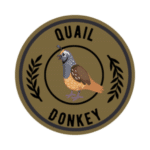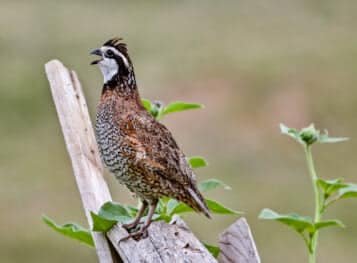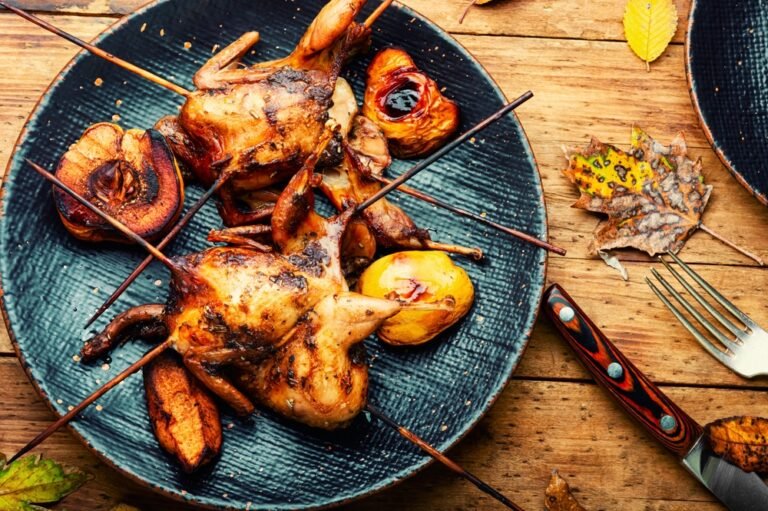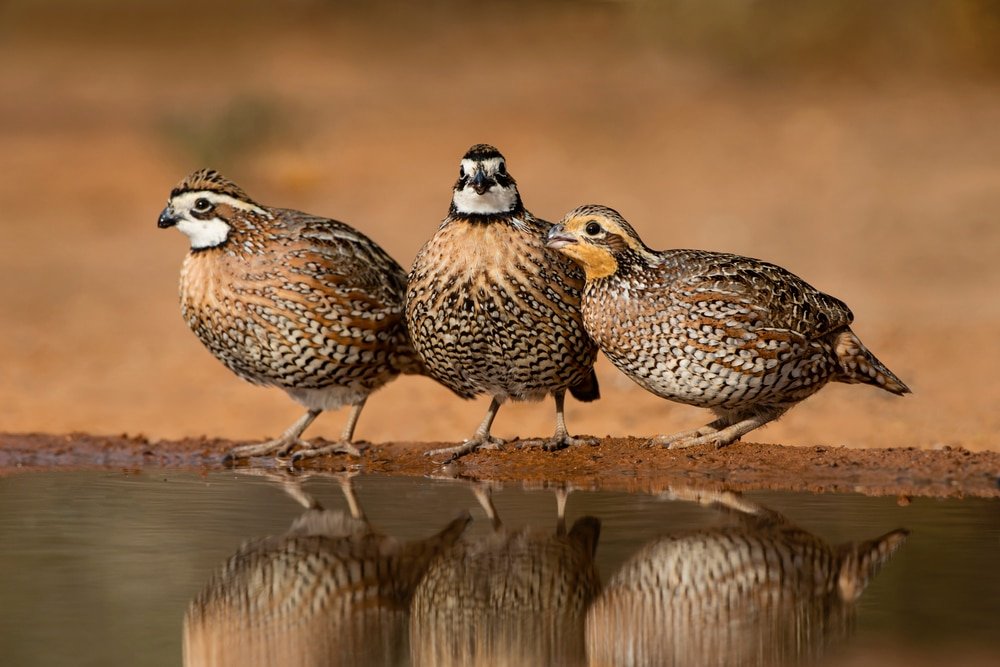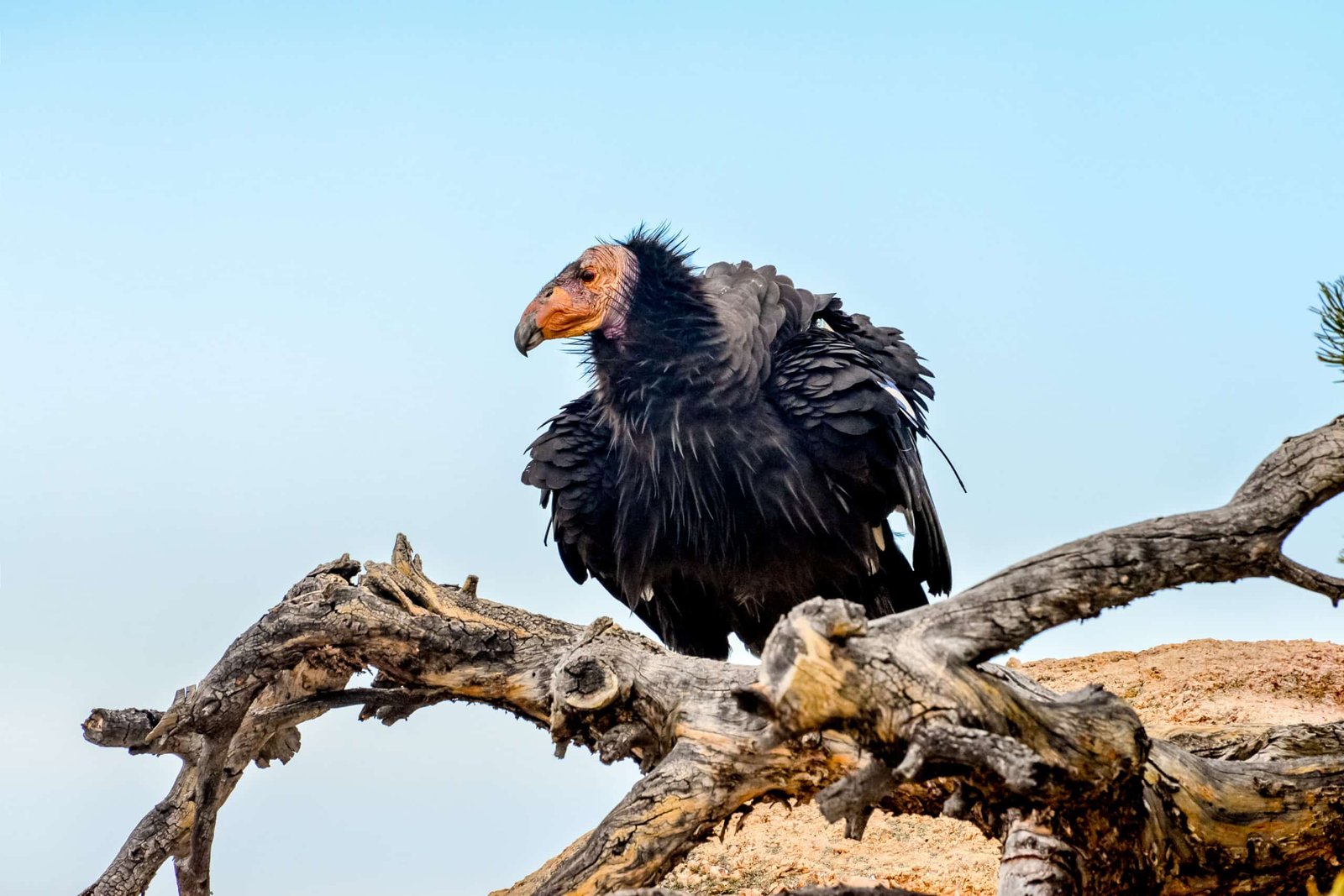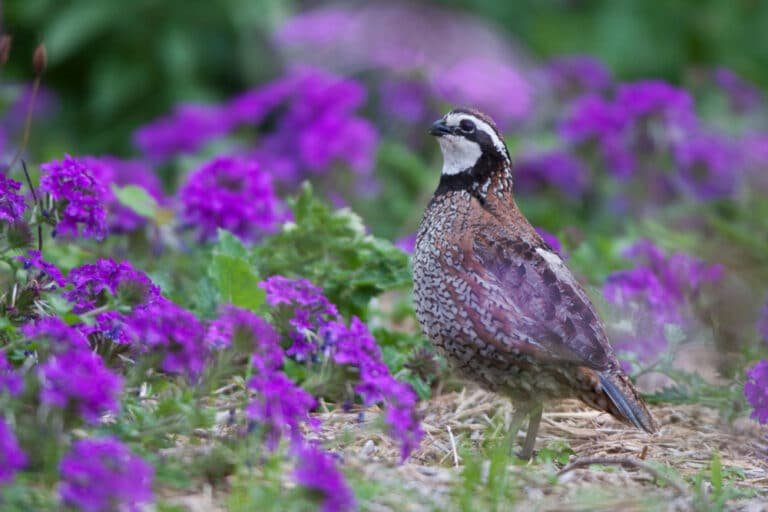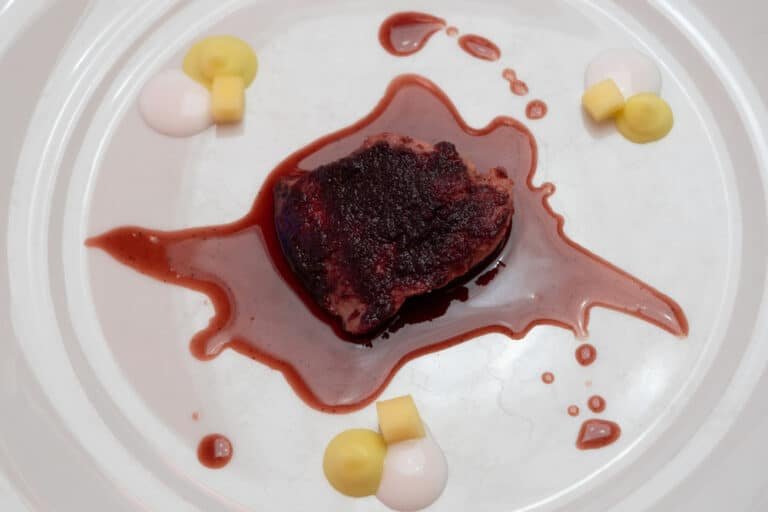Quail Feed – Why Homemade Is The Best Choice
With their petite stature and delightful nature, Quail has long been cherished by bird enthusiasts and farmers alike. These fascinating birds require meticulous care and attention, particularly regarding their diet. So let’s talk about quail feed.
Proper nutrition for quail is crucial for their overall health, growth, and productivity. This article will delve into quail feed, exploring the significance of adequate nutrition and examining the various types available in today’s market.
Importance of Proper Nutrition for Quail
Like any living creature, quail rely on a balanced diet to thrive. Adequate nutrition supports their physiological functions, ensuring optimal growth, immune system maintenance, reproductive success, and longevity. A well-nourished quail is not only healthier but also more resistant to diseases.
To meet their dietary needs effectively, it is crucial to understand the nutritional requirements of quail at different stages of life. For instance, due to their rapid growth rates, chicks require higher protein levels than adult birds.
Similarly, layers need diets rich in calcium to support eggshell formation. Tailoring the feed to these specific needs is essential for raising healthy quail populations.
Different Types of Quail Feed Available in the Market
The market offers a plethora of options when it comes to finding suitable feed for your flock of quail. These feeds are specifically formulated with balanced ingredients tailored towards meeting various stages of a quail’s life cycle. Pelleted feeds are one popular option available in stores today.
These feeds consist of compressed pellets that provide complete nutrition for different age groups of quail. Pelleted feeds offer several advantages, such as convenient storage and reduced waste, since they tend to be consumed more efficiently by the birds.
These feeds usually contain a balanced mix of protein, carbohydrates, vitamins, and minerals to ensure optimal health. Another type of quail feed is mash feed.
Mash feeds are finely ground mixtures offered in a loose form or mixed with water to create a wet mash. This type of feed is often preferred for newly hatched chicks, who may find it easier to consume than larger pellets.
Mash feeds offer flexibility in terms of ingredient selection and allow for customization based on the specific needs of your quail. As we proceed further in this article, we will explore the composition and nutritional value of both pelleted and mash feeds in greater detail and discuss the pros and cons associated with each.
Understanding Quail Dietary Needs
Nutritional requirements for quail at different life stages (chicks, growers, layers)
Like any other living beings, quail have specific nutritional needs that vary depending on their life stage. Quail require a protein-rich diet during the chick stage to support their rapid growth and development. A starter feed with around 24-28% protein content is ideal for chicks.
As they transition into the grower stage, around 20-24% protein content in their feed is sufficient to meet their needs. When quail reach the laying stage, their diet should contain approximately 16-18% protein to support egg production.
Essential nutrients needed by quail and their functions (protein, carbohydrates, fats, vitamins, minerals)
Protein is a crucial nutrient for quail as it aids muscle development and promotes feather growth. High-quality protein sources such as soybean or fish meal are commonly used in commercial quail feeds.
Carbohydrates serve as an energy source for these birds and help maintain body temperature. Corn and wheat are often included in quail feed formulations as sources of complex carbohydrates.
Fats are essential for providing energy-dense nutrition to meet the high metabolic demands of growing and laying quail. They also aid in vitamin absorption and promote healthy skin and feathers.
In addition to macronutrients like proteins, carbohydrates, and fats, quail require a balance of vitamins and minerals for proper bodily functions. Vitamins such as vitamin A promote healthy vision and immunity, while minerals like calcium contribute to strong bones and eggshell formation.
Factors influencing quail feed consumption (environmental conditions, breed, activity level)
Several factors influence how much feed a quail consumes. Environmental conditions play a significant role; extreme temperatures or humidity can negatively affect appetite and feed intake. Breed differences can also play a role – some breeds may have higher or lower feed consumption rates than others.
Additionally, the activity level of the quail, such as free-range versus confined, can impact their feed consumption. Quails with more physical activity tend to have higher energy requirements and thus may consume more feed.
Understanding these factors is crucial in ensuring that quail receive adequate nutrition for optimal growth and productivity. By tailoring their diet to meet specific requirements at different life stages and considering the environment and breed characteristics, quail owners can ensure that their birds thrive in terms of health and overall performance.
Pelleted Feeds: Advantages and Disadvantages
Pelleted feeds have gained significant popularity among quail farmers due to their convenience and potential benefits. These feeds are manufactured by grinding various ingredients into a fine powder, which is then compressed into pellets using machinery.
The resulting pellets are uniform in size and shape, making them easy to handle, store, and measure accurately. One of the primary advantages of pelleted feeds is their improved feed conversion rate.
Quails consume more pellets than loose feed because of their higher density, resulting in better nutrient absorption. Additionally, pelleted feeds reduce waste as they are less likely to be scattered or selectively eaten by quail.
While pelleted feeds offer convenience and optimized nutrition, they have disadvantages. One of the main concerns with pelleted feeds is the potential for selective feeding.
Quails may develop preferences for certain ingredients within the pellet, leading them to pick out specific components while leaving others behind. This can result in imbalanced nutrition if not carefully managed.
Ingredients Used in Pelleted Feeds and Their Benefits
Pelleted feeds consist of a carefully formulated blend of ingredients that provide essential nutrients for quail at different stages of their development. These ingredients generally include grains (such as corn, wheat, or millet), protein sources (like soybean meal or fish meal), fats/oils (including soybean oil or animal fat), vitamins/minerals (such as calcium carbonate or vitamin E), and other additives like probiotics or enzymes.
Grains are a valuable energy source in pelleted feeds while providing necessary carbohydrates for quail metabolism. Protein sources contribute crucial amino acids for growth and body maintenance. Fats/oils supply essential fatty acids that support healthy feathers and reproductive functions.
Including vitamins/minerals ensures that quail receive adequate micronutrients required for overall health and well-being. Additional additives like probiotics enhance gut health and digestion, while enzymes contribute to improved nutrient utilization.
How Pellet Size Affects Feed Intake and Digestion in Quails
The size of pellets plays a significant role in quail feed intake and subsequent digestion. Larger pellets can be challenging for smaller quail, such as chicks or young birds, to consume.
In contrast, smaller-sized pellets might be too easy for adult quail to consume quickly, resulting in inadequate chewing and reduced mechanical breakdown of the feed. An optimal pellet size balances ease of consumption and adequate chewing effort.
This encourages proper grinding of the feed by the quail’s gizzard, promoting better digestion and nutrient absorption. Moreover, appropriately sized pellets also reduce the risk of crop impaction or digestive issues from consuming excessively large or hard particles.
It is worth noting that pellet size preferences may vary among different quail breeds or age groups. Therefore, farmers must consider their specific flock’s needs when selecting pelleted feeds to ensure optimal intake and digestion.
Mash Feeds: Advantages and Disadvantages
Mash feeds are another common type of commercial feed available for quail. Unlike pelleted feeds, mash refers to finely ground feed that does not undergo compression into specific shapes but remains loose throughout its production and storage process.
One significant advantage of mash feeds is their increased palatability. Quails typically find mash more appealing due to its texture than pelleted feeds.
Mash also allows for greater flexibility in mixing additional ingredients or supplements that cater specifically to certain age groups or address specific nutritional requirements within a flock. Regarding disadvantages, one primary concern with mash feeds lies in their potential wastage.
Loose feed is more likely to be scattered during feeding, leading to unnecessary losses compared with the more contained nature of pelleted feeds. Moreover, quail may selectively eat certain components of the mash, thereby consuming an imbalanced diet if not properly managed.
Composition of Mash Feeds and Their Nutritional Value
Mash feeds typically contain grains, protein sources, fats/oils, vitamins/minerals, and other additives. However, in contrast to pelleted feeds, where the ingredients undergo processing together, mash feed ingredients are often ground separately before thoroughly mixing to create a homogeneous mixture. Grains in mash feeds provide energy for quail, while protein sources contribute essential amino acids.
Fats/oils serve as a source of dietary fat required for various physiological functions. Vitamins and minerals are incorporated to ensure balanced nutrition.
The nutritional value of mash feeds lies in their ability to provide flexibility in ingredient selection and customization according to specific flock requirements or production goals. Farmers can fine-tune the composition and nutrient levels based on age groups (chicks, growers, layers), breed differences, or specific health conditions like calcium supplementation for eggshell quality.
Feeding Mash to Certain Age Groups or Specific Conditions
Mash feeds offer particular advantages when feeding specific age groups or addressing certain conditions within a quail flock. For example, young quail chicks often find consuming fine particles like mash easier than larger pellets. The soft texture enables swift ingestion without excessive chewing effort.
Moreover, mash feed allows farmers greater control over ingredient inclusion and supplementation for enhanced performance or addressing specific dietary deficiencies within the flock. For instance, calcium supplementation can be adjusted more precisely by incorporating appropriate calcium sources into the feed mixture tailored for layers during their egg-laying phase.
Prominent manufacturers produce pelleted and mash feeds catering to quail nutrition requirements. Some well-known brands offering pelleted quail feeds include Manna Pro Gamebird Feed and Sleek and Sassy Pellets.
Homemade Quail Feed Recipes
Balanced Homemade Diets for Quails
Like other living beings, quail require a well-balanced diet to thrive and maintain optimal health. While commercial quail feeds are readily available and formulated to meet nutritional requirements, some quail owners prefer preparing homemade feed for their birds.
One primary reason for this choice is the ability to have greater control over the ingredients used. By understanding the importance of balanced homemade diets for quail, you can ensure that your feathered friends receive all the necessary nutrients.
A balanced homemade diet allows you to tailor your quail’ nutrition based on their specific needs at different life stages. For instance, chicks in the starter/grower stage require higher protein content than adult laying hens.
You can adjust protein levels and other nutrient ratios by preparing their feed at home. Additionally, homemade diets enable you to avoid potential allergens or additives that might be present in commercial feeds – ensuring a more natural and wholesome option for your quail.
The Benefits of Controlling Ingredients in Homemade Feed
Controlling ingredients in homemade quail feed offers numerous advantages that contribute to your birds’ health and potentially reduce costs. Firstly, being aware of each ingredient’s quality lets you provide your quail with high-quality grains, seeds, legumes, and other suitable components.
This ensures that they receive optimal nutritional value from every meal. Furthermore, controlling the ingredients permits customization based on specific dietary needs or preferences.
For example, suppose one of your quail has a calcium deficiency issue or requires additional calcium during the egg-laying season. In that case, you can easily incorporate appropriate sources into their feed recipe. This personalization level is impossible with commercial feeds designed for general consumption.
Another benefit of controlling ingredients is having greater control over potential contaminants or pesticides that might be present in store-bought feeds. By sourcing organic or pesticide-free ingredients, you can minimize the risk of exposing your quail to harmful substances.
Common Ingredients Used in Homemade Recipes (Grains, Seeds, Legumes)
When creating homemade quail feed, several common ingredients are frequently used due to their nutritional value and availability. Grains are an essential component as they provide energy and fiber.
Common grains include millet, corn, barley, oats, and wheat. These grains should be finely ground or cracked for easy digestion by the quail.
Seeds are another vital ingredient in homemade quail feed recipes. Popular choices include sunflower, sesame, flaxseeds, and hemp seeds.
These seeds offer a good source of healthy fats and contribute to overall protein content. Legumes such as soybeans or lentils are high in protein and can supplement the protein requirement of quail when included in their diet.
However, cooking or processing legumes properly before feeding them is crucial to ensure improved bird digestibility. Other ingredients that can be added sparingly include dried fruits (such as raisins) or greens (such as dried spinach).
These provide additional nutrients and variety but should be used in moderation to avoid imbalanced diets. The combination of grains, seeds, legumes, and occasional additions like dried fruits or greens allows for a diverse homemade quail feed recipe that satisfies their dietary needs while ensuring variety and providing a wholesome meal for your feathered companions.
Feeding Strategies and Tips
Feeding Frequency: How often should you offer food to your quail?
Quail feeding frequency is important to ensure optimal health and growth. Generally, feeding quail multiple times a day is recommended, especially during the early stages of their development. Chicks require more frequent feeding as they have higher metabolic rates and smaller digestive systems.
Initially, feeding them 4-5 times a day is advisable, gradually reducing the frequency as they mature. Growers and layers can be fed 2-3 times daily, ensuring enough time to consume the feed fully before it spoils.
Water Requirements:
Adequate water supply plays a vital role in the well-being of quail. Quails have high water needs due to their small size and high metabolic rate.
It is essential to provide fresh, clean water for optimal hydration. Quails usually drink after meals, making it crucial to ensure water availability immediately after feeding sessions.
To meet their water requirements effectively, using nipple drinkers or low-height containers is recommended, as these reduce spillage and wastage. Additionally, it is vital to regularly check the water containers for cleanliness and replenish them throughout the day if needed.
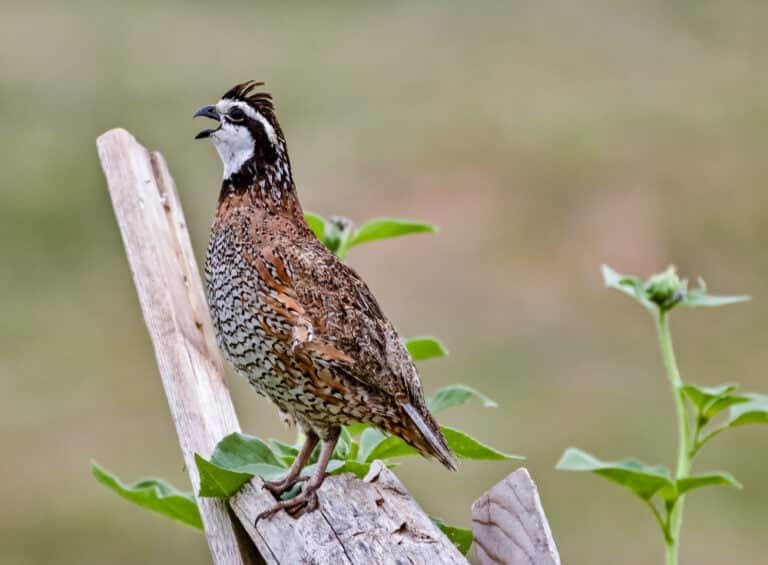
Conclusion
Understanding proper feeding strategies for quail is essential for their overall health and productivity. By providing feed multiple times a day by their developmental stage, we can ensure that they receive adequate nutrition for growth and vitality. Moreover, paying attention to their specific water requirements by offering clean drinking water at all times helps prevent dehydration and supports proper digestion.
By implementing these feeding strategies along with a well-balanced diet consisting of commercial feeds or carefully formulated homemade recipes, quail owners can enhance the well-being of their beloved birds. With the right approach to feeding, quail can thrive, resulting in productive egg-laying and healthy growth.
